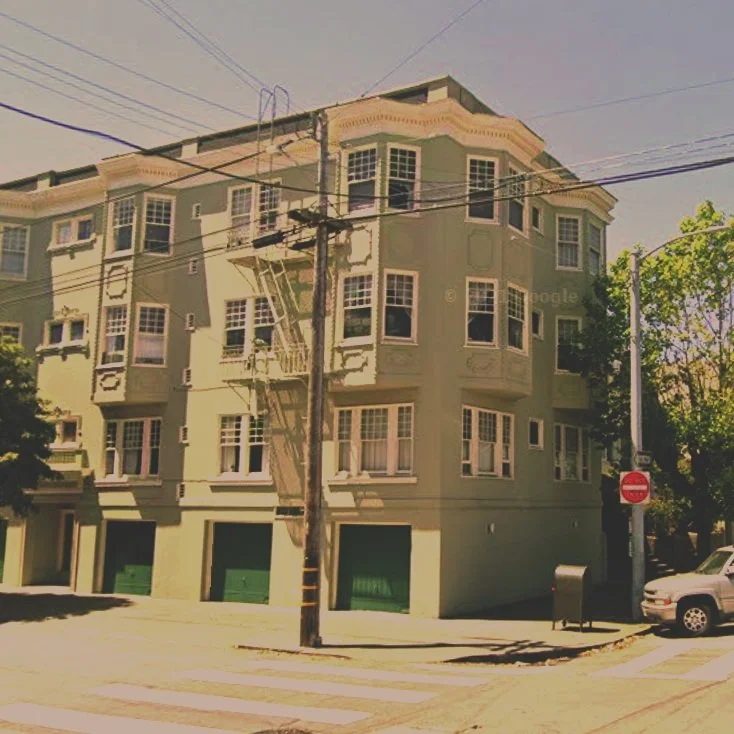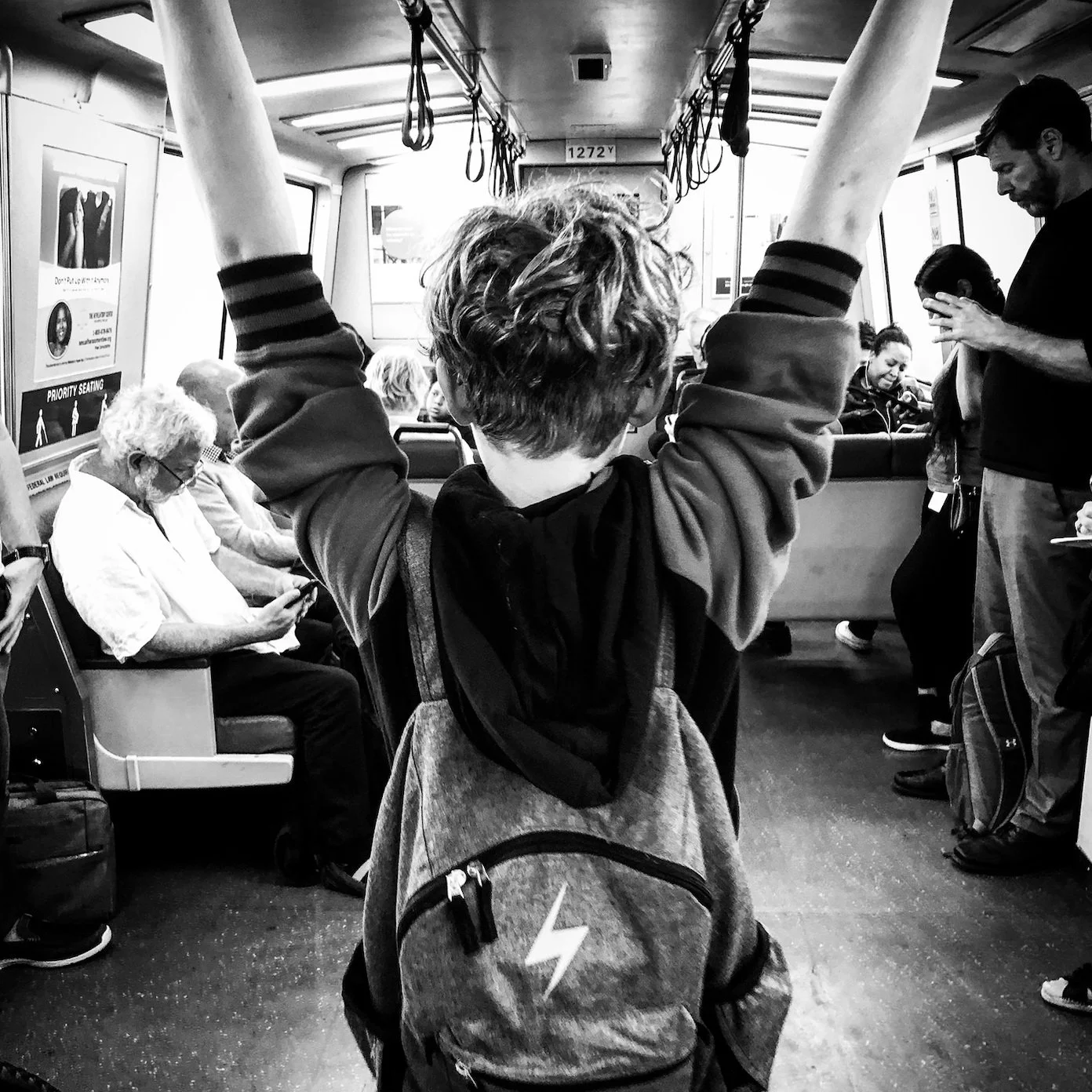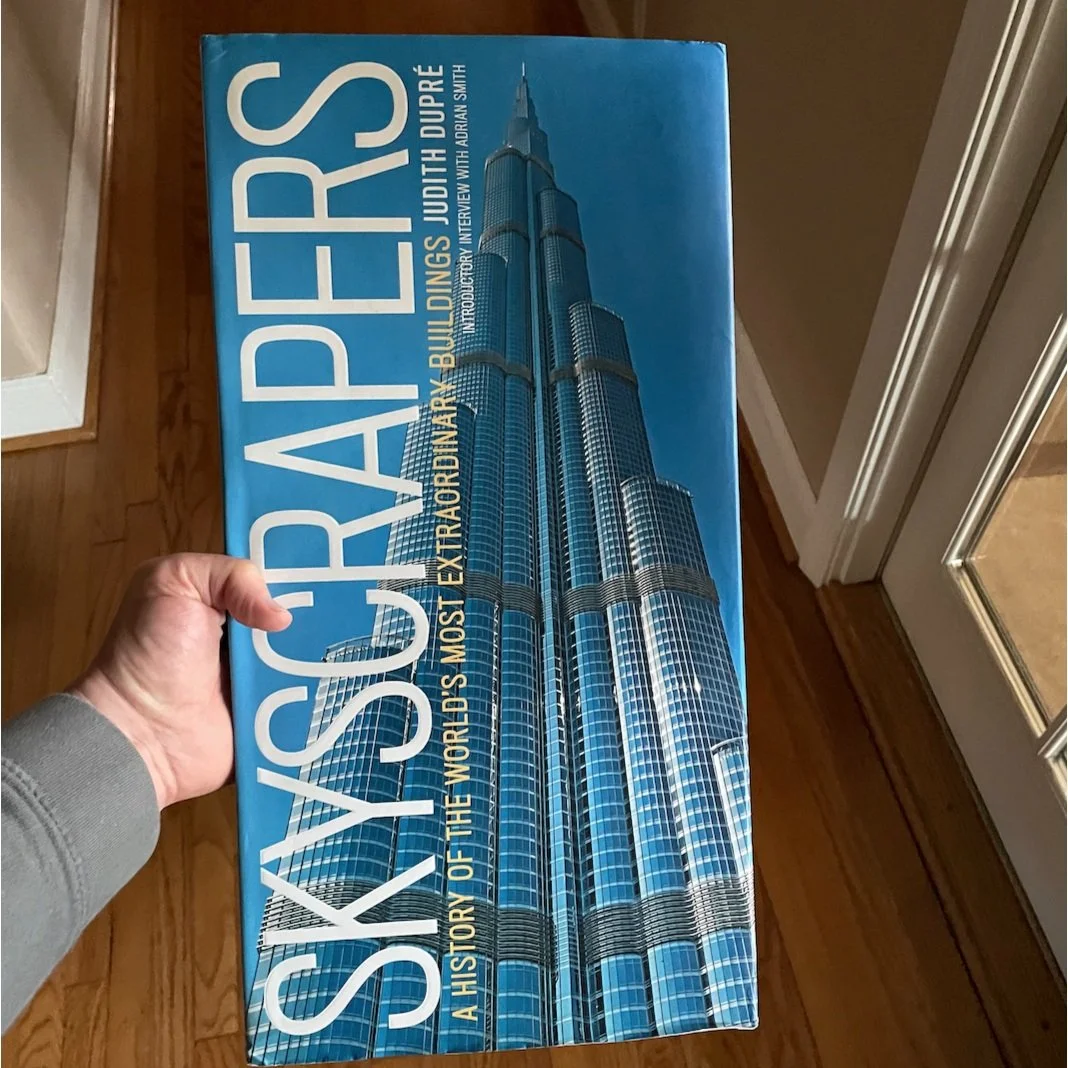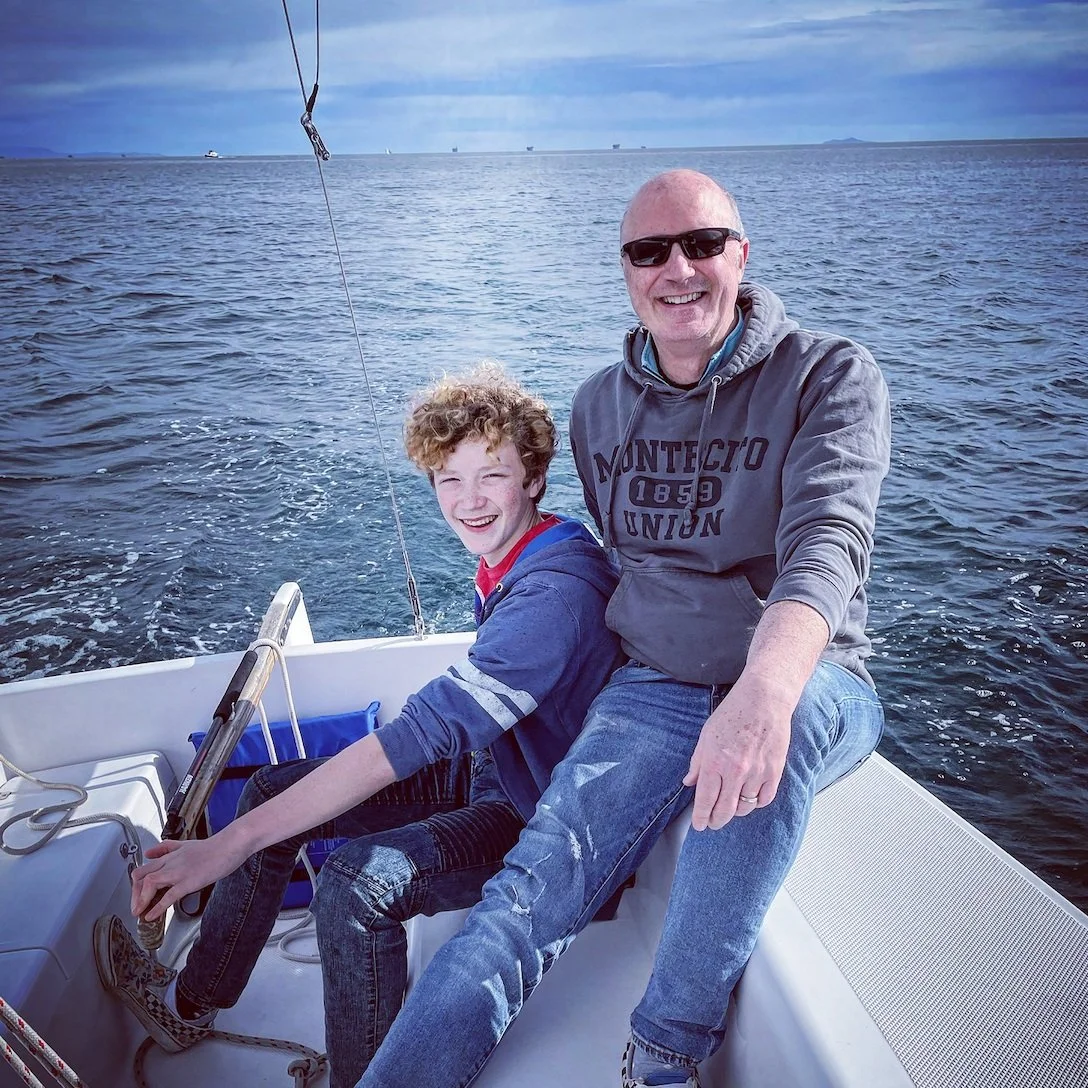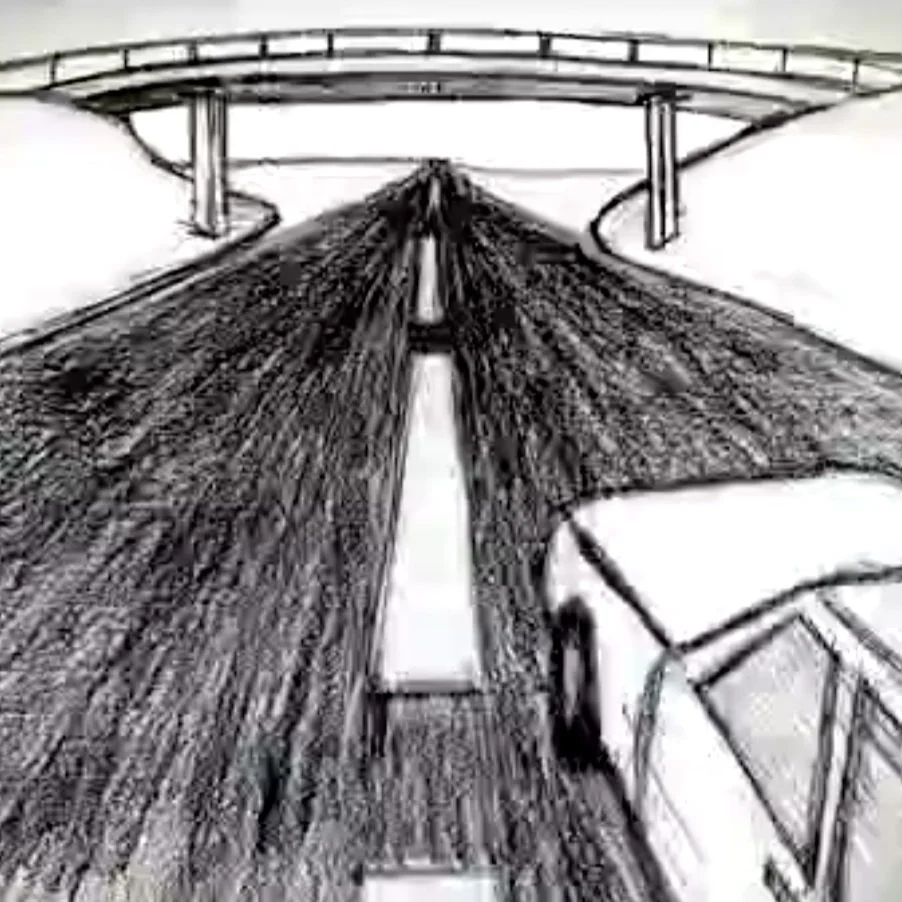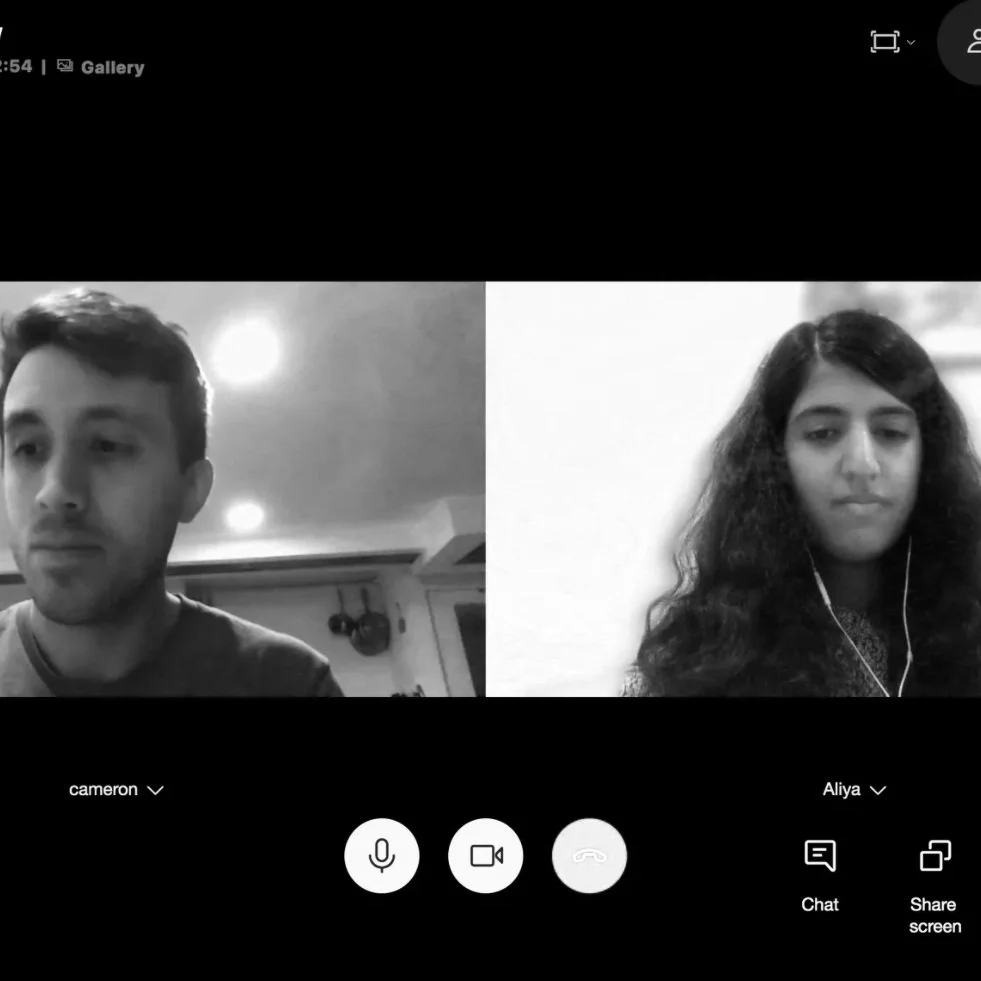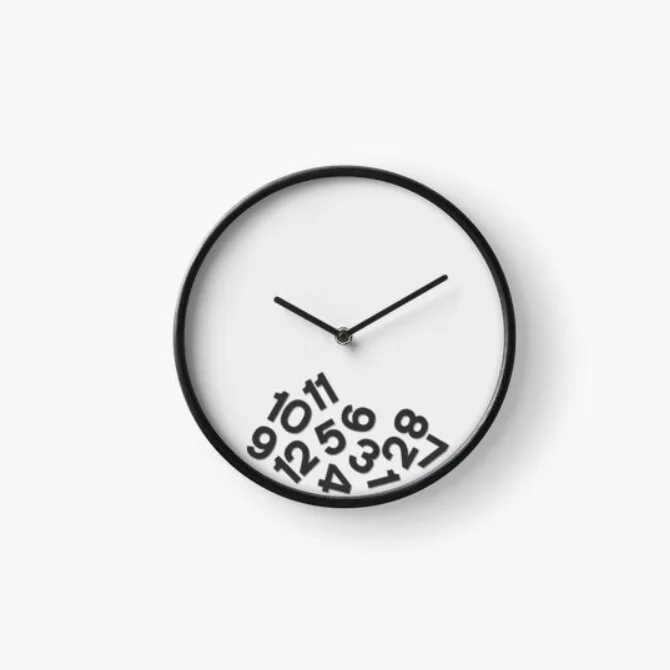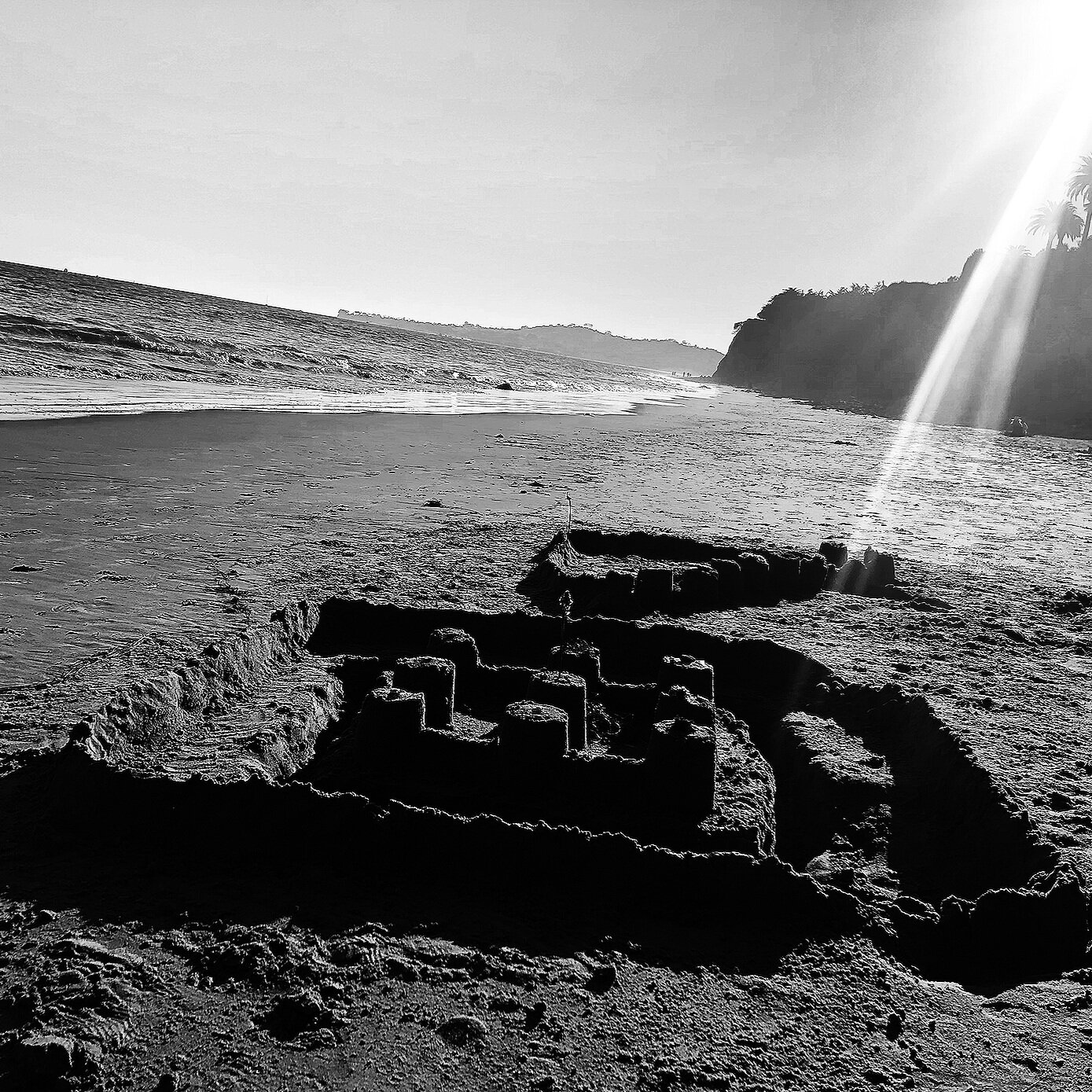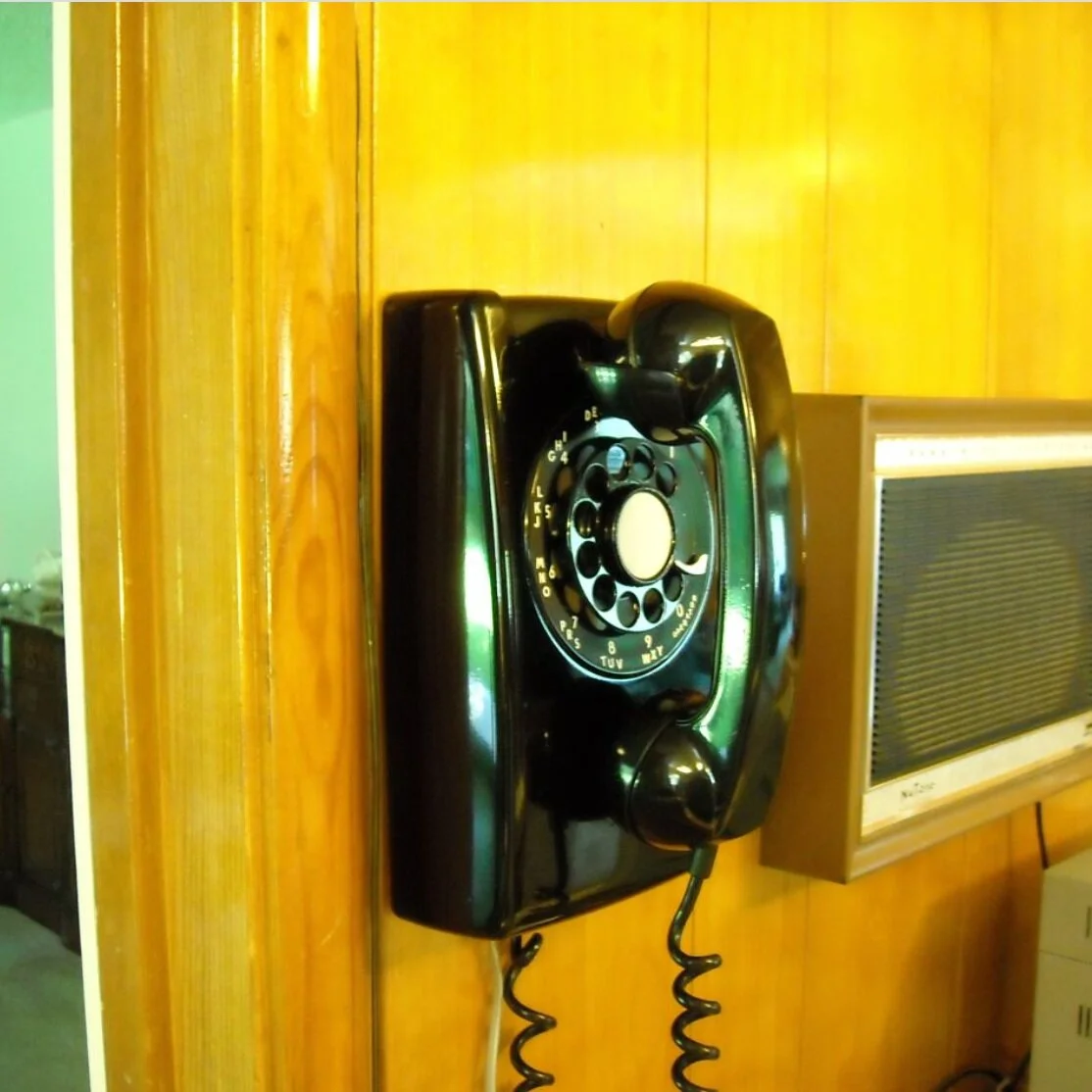E was a match. That’s the way they put it nowadays. “A match.”
There’s no doubt that it was.
She helped me find the courage to begin exploring the places I’d been too ashamed and angry and “Manly” to explore before with anyone else. I had been pretending for so long to be in control and capable, I did not even know it.
So when I hit the wall and fell apart in her little office at the office, it was refreshing after: A good place to start.
Still, it took me 7 months to trust the trust and tell her things that gave her a lisp when I said them.
Was that the beginning of “presenting” to her?
I don’t know. But at some point, I began showing my problems at an angle that might be useful, but also designed to make me interesting. That’s not to say they weren’t real problems. They were.
Yet, was I working on them with the idea of being enough? Did I fear that my problems weren’t worthy of her time and care? Did I feel the need to justify her presence?
It was as if — having stumbled out of a desert of bewilderment and bafflement, naked and willing — I could see myself. Freeing as that was, I could not avoid knowing that my hair was unkempt and feet muddy. I suddenly wanted to be seen better. The mirror of her helped me see myself and then I began to dress for the mirror.
I know this led me to feel judged because I was judging myself and projecting that onto her. Is this why I read a coldness into her unblinking eyes? Was the coldness I offer myself what I was seeing there?
Now it has me thinking that there was too much unsaid and unexplored there. I would’ve benefited from it. At times, I look back with some anger: Why didn’t I ask her more? Why didn’t I push her when I told her of the plans to go to Santa Barbara and she said she thought we were working on something else? Why didn’t she?
H said to me once, “E really got in there deep.”
It’s undeniable that she did.
So deep, really, that just that statement from H gave me pause. If I agreed, how would she take it? Would she feel betrayed? Would she dream what I was dreaming, that E and I had something more beyond the room because of her knowledge of the steps and program? Such things led me to imagine seeing her at meetings and thinking how odd that would be: How cold.
Maybe that all is what happens anyway when a conversation ends before it’s completed as it did with E. Which was how it had to be in any case.
Which was also likely best.
But with this new therapist, L, there is something else.
The conversation subjects are similar, even the same. But the approach takes angles that settle differently after.
She is patient. She is watchful.
She expresses more somehow with a warmth that is removed but present. The limit is 50 minutes and that is all.
I am likely reading into this, too, but it is there for me, real enough to be useful even if it is imagined. Certainly, I’m not aware of not putting it all on the table the way I wasn’t before. I might note that I am afraid or ashamed, but I still get it out there.
It’s a relationship that has benefited from all my previous relationships, not just E, but H, too. (Fitzgerald wrote that Gatsby was a collection of all the women he knew, but that is wrong: Everyone is collection of all the relationships they’ve been in/are in.)
I was open with L faster and more immediately about what troubled me. There was no months long waiting period like with E — just a jump into the cold water.
(We talked about the boundary that zoom creates too. It is an unexpected frame of safety. I can not as easily paste myself across the dimension or sense the livingness of her in a room with me. A listening box? I’m not sure. But somehow I’m finding some advantage to this virtual room/remove.)
Freud said therapy only works if you say everything. I’m learning that’s true. And I’ve benefited from that, however slowly it’s come to me.
Maybe I’m also learning not to care as much.
Some say there are things you tell your hairdresser that you tell no one else. Still, the hairdresser is still just a hairdresser. It could be I am understanding that’s all there is to it.



